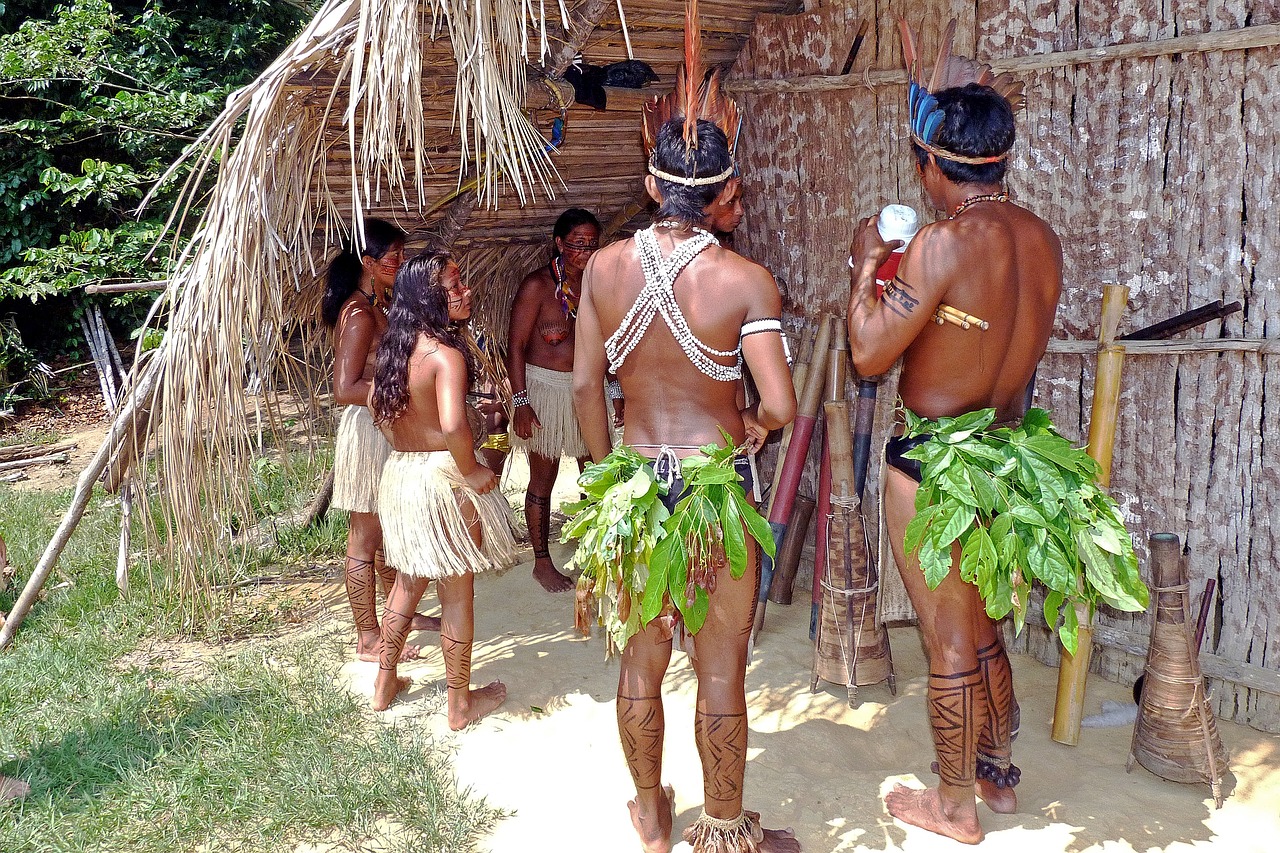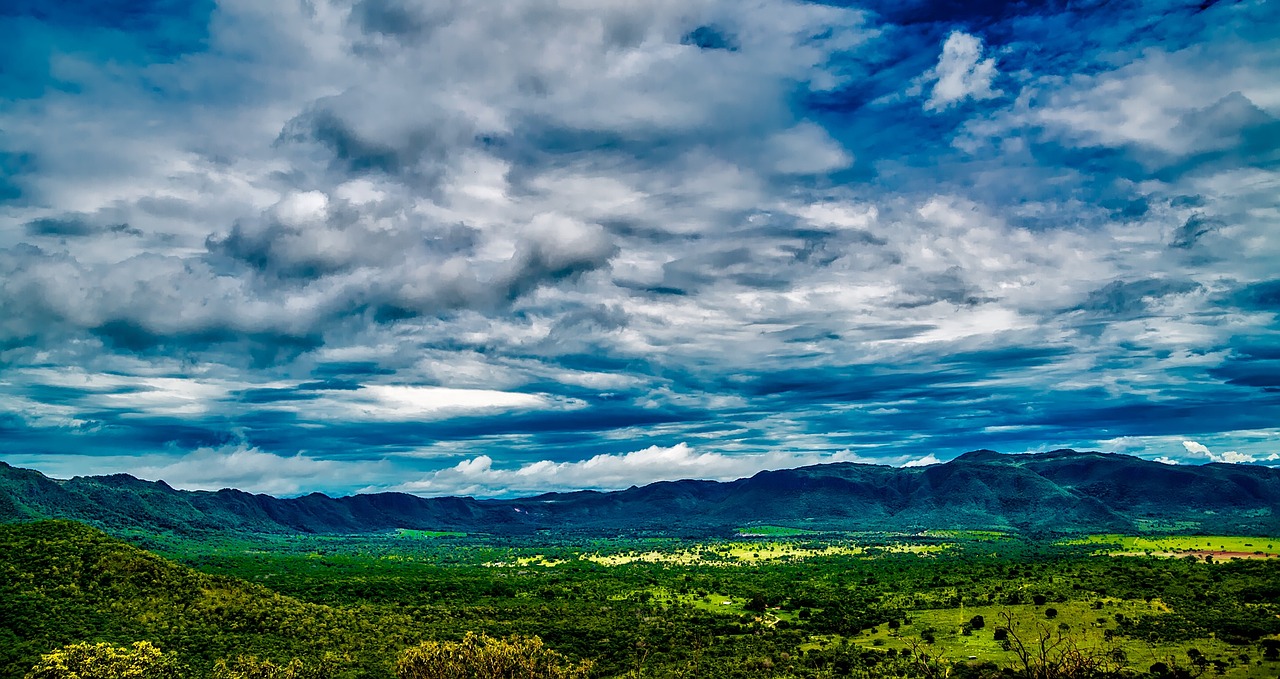Brazil Video
Weathering Brazil: Seasonal Changes and What to Expect
Brazil, the largest country in South America, is known for its diverse climate and unique geographical features. From the dense Amazon rainforest to the sandy beaches of Rio de Janeiro, Brazil offers a wide range of weather conditions throughout the year. In this article, we will explore the seasonal changes and what to expect in different regions of Brazil.
1. Northern Region
The Northern region of Brazil is dominated by the Amazon rainforest, which experiences a tropical rainforest climate throughout the year. The region is characterized by high humidity and heavy rainfall. Temperatures remain consistently high, ranging from 25 to 35 degrees Celsius (77 to 95 degrees Fahrenheit) on average. The rainy season typically lasts from December to May, with frequent afternoon showers and thunderstorms.
- Amazon River: The Amazon River, the largest river in the world, is a prominent feature of the Northern region. It plays a crucial role in regulating the local climate and is home to a diverse range of flora and fauna.
- Manaus: The city of Manaus, located in the heart of the Amazon rainforest, experiences high humidity and temperatures throughout the year. It is a gateway for exploring the vast wilderness of the Amazon.
- Belem: Belem, the capital of the state of Para, experiences heavy rainfall throughout the year. It is known for its vibrant culture and delicious cuisine.
2. Northeastern Region
The Northeastern region of Brazil is characterized by a semi-arid climate in the interior and a tropical climate along the coast. The region experiences distinct wet and dry seasons.
- Fortaleza: Fortaleza, located on the northeastern coast, enjoys a tropical climate with warm temperatures year-round. The city is known for its beautiful beaches and vibrant nightlife.
- Sertão: The Sertão region, located in the interior of the Northeast, experiences a semi-arid climate with hot temperatures and little rainfall. It is known for its unique vegetation and cultural traditions.
- Salvador: Salvador, the capital of Bahia, experiences a tropical climate with high humidity and temperatures. The city is famous for its Afro-Brazilian culture and historic architecture.
3. Central-Western Region
The Central-Western region of Brazil is characterized by a tropical savanna climate, with distinct wet and dry seasons. The region is home to the Pantanal, the world’s largest tropical wetland.
- Brasília: Brasília, the capital of Brazil, experiences a tropical savanna climate with a dry winter and a wet summer. The city is known for its modernist architecture and urban planning.
- Pantanal: The Pantanal is a vast wetland known for its rich biodiversity. It is a paradise for wildlife enthusiasts, offering opportunities for birdwatching, fishing, and eco-tourism.
- Chapada dos Guimarães: Chapada dos Guimarães, located in the state of Mato Grosso, is a stunning national park with breathtaking landscapes, waterfalls, and hiking trails.
4. Southeastern Region
The Southeastern region of Brazil is known for its diverse climate, ranging from a tropical climate in the coastal areas to a subtropical climate in the highlands.
- Rio de Janeiro: Rio de Janeiro, the “Cidade Maravilhosa” (Marvelous City), enjoys a tropical climate with warm temperatures year-round. It is famous for its iconic landmarks such as Christ the Redeemer and Copacabana Beach.
- São Paulo: São Paulo, the largest city in Brazil, experiences a subtropical climate with mild winters and warm summers. It is a bustling metropolis known for its cultural diversity and vibrant nightlife.
- Paraty: Paraty, a charming colonial town located between Rio de Janeiro and São Paulo, experiences a tropical climate with high humidity. It is known for its well-preserved historic center and beautiful beaches.
5. Southern Region
The Southern region of Brazil experiences a subtropical climate, with mild winters and relatively cool summers. The region is known for its beautiful landscapes and European-influenced culture.
- Florianópolis: Florianópolis, the capital of Santa Catarina, enjoys a subtropical climate with mild temperatures year-round. It is renowned for its stunning beaches and outdoor activities.
- Curitiba: Curitiba, the capital of Paraná, experiences a subtropical highland climate with cool temperatures and frequent rainfall. The city is known for its urban planning and green spaces.
- Gramado: Gramado, located in the Serra Gaucha region, experiences a mild climate with cool winters. It is a popular tourist destination known for its European architecture, chocolate factories, and Christmas decorations.
Brazil Image 1:

6. Southern Hemisphere Seasons
It’s important to note that Brazil is located in the Southern Hemisphere, which means its seasons are the opposite of those in the Northern Hemisphere. The summer months in Brazil are from December to February, while winter lasts from June to August.
- Carnival: Carnival, the most famous festival in Brazil, takes place in February or March, depending on the lunar calendar. It is a vibrant celebration of music, dance, and colorful parades.
- Beaches: Brazil’s beaches are a popular destination during the summer months. From the famous Copacabana in Rio de Janeiro to the pristine beaches of Florianópolis, there are options for every beach lover.
- Winter Festivals: In the Southern region, winter festivals are held to celebrate the colder months. Gramado, for example, hosts the Gramado Film Festival and the Natal Luz (Christmas Light) festival during the winter season.
7. The Amazon Rainforest
The Amazon rainforest, covering a significant portion of Brazil, is a unique ecosystem that plays a crucial role in the global climate system. It is home to countless species of plants, animals, and indigenous communities.
- Biodiversity: The Amazon rainforest is one of the most biodiverse regions on Earth, with millions of species, many of which are still undiscovered. It is a hotspot for wildlife enthusiasts and researchers.
- Deforestation: Deforestation poses a significant threat to the Amazon rainforest. Illegal logging, agriculture, and mining activities contribute to the loss of this precious ecosystem. Efforts are being made to protect and preserve the rainforest.
- Eco-Tourism: Many eco-tourism initiatives have been developed to promote sustainable tourism in the Amazon. Visitors can explore the rainforest through guided tours, boat trips, and community-based initiatives.
Brazil Image 2:

8. Coastal Regions
Brazil’s extensive coastline offers a variety of landscapes, from sandy beaches to rocky cliffs. The coastal regions are popular tourist destinations, attracting visitors from around the world.
- Northeast Beaches: The northeastern coast of Brazil is famous for its stunning beaches, such as Porto de Galinhas, Praia do Forte, and Jericoacoara. These beaches offer crystal-clear waters, white sand, and a vibrant beach culture.
- Rio de Janeiro Beaches: Rio de Janeiro is renowned for its iconic beaches, including Copacabana, Ipanema, and Leblon. These beaches are not only beautiful but also offer a lively atmosphere with beachside bars, sports activities, and cultural events.
- Southern Beaches: The southern coast of Brazil is known for its rugged landscapes and charming coastal towns. Florianópolis, Bombinhas, and Praia do Rosa are popular destinations for surfing, diving, and relaxation.
9. Rainy and Dry Seasons
Brazil experiences distinct rainy and dry seasons in different regions. The timing and intensity of these seasons vary across the country.
- Amazon Rainy Season: The Amazon region experiences its rainy season from December to May. During this period, rivers overflow, creating a unique opportunity to explore the rainforest by boat.
- Northeast Dry Season: The northeastern region of Brazil has a dry season from September to February. This is the best time to visit the region’s beaches and enjoy outdoor activities.
- Southeast Rainy Season: The southeastern region, including Rio de Janeiro and São Paulo, experiences its rainy season from October to March. Despite the rain, these cities offer a vibrant cultural scene and indoor attractions.
Brazil Image 3:

Conclusion
Brazil’s climate is as diverse as its landscapes. From the tropical rainforest to the sandy beaches, each region offers unique weather conditions and experiences. Whether you prefer the heat and humidity of the Amazon or the mild temperatures of the southern region, Brazil has something to offer every traveler. It’s important to plan your trip according to the specific climate of the region you wish to visit and be prepared for the seasonal changes.
References
– National Geographic: www.nationalgeographic.com
– Brazil Tourism Board: www.visitbrasil.com
– Brazilian Institute of Geography and Statistics: www.ibge.gov.br
– UNESCO World Heritage: whc.unesco.org


